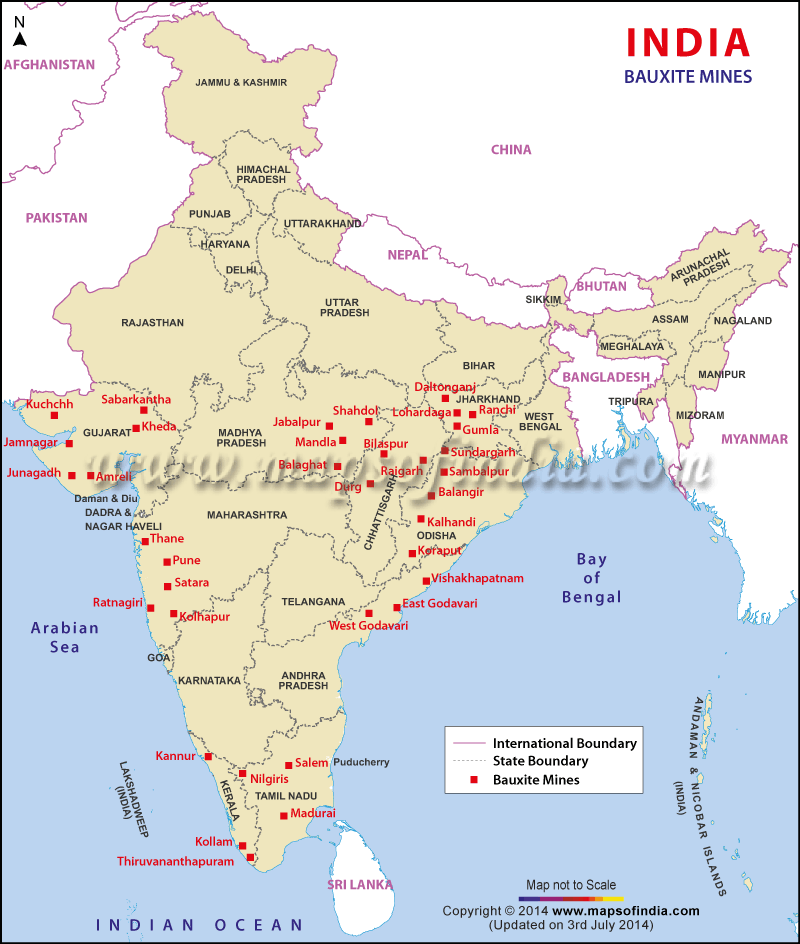NeVA enables the State Legislatures to transact entire Government Business on digital platform including information exchange with the State Government Departments.
In 2021, Bihar Legislative Council became the first House in the country to transit to NeVA platform completely and conducted Winter Session, 2021 on the NeVA platform in paperless mode.
Reference
The United States Senate unanimously passed a law making daylight saving time (DST) permanent, scrapping the biannual practice of putting clocks forward and back coinciding with the arrival and departure of winter.
In 2019, the European Parliament voted to scrap the custom, but later paused its coming into effect, which was scheduled for 2021.
Reference
The Indian Railways (IR) plans to use Aluminium to produce body coaches in the new generation energy efficient Vande Bharat Train sets.

Reference
The Union Environment Minister has released the Centre for Science and Environment and Down To Earth’s 9th Annual report named ‘State of India’s Environment 2022’.
The EAT-Lancet Commission on Food, Planet and Health has set global targets for food systems that are environmentally sustainable and benefit human health.
Reference
Over-dependence on wheat, maize and rice threatens the future of wildlife survival and global food security.
Reference